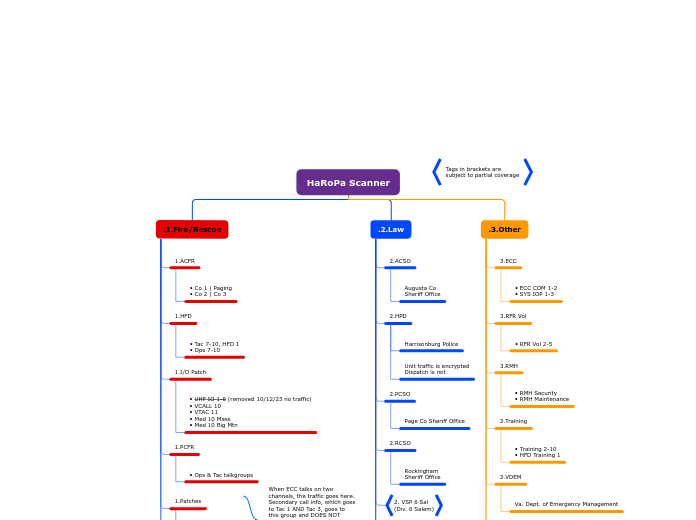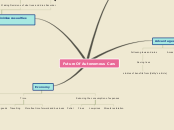Aim Of The Study
View of organisation
Could be ineffective if
lacks of coaching from job
learning process lacks quality guidance
On-the-job training performs better
Producing actual and immediate result
trainee develops expeetise
trainee learns effectively
individual performs his duty
Create effective performance of organisation
Quantitative method approach is used
Questionnaire method
7 different reputable service firms in Nigeria
Models of training and development
Philips' five level model (2003)
Swanson and Holton's model of evaluation (1999)
Kirkpatrick four level taxonomy (1976)
Evaluating training and development
Levels to consider
Result
In terms of reduced turnover
Increase in productivity
Increase in job satisfaction
Behaviour
Improved job performance
Learning
Knowledge
Skills
Attitude
Changes in abilities
Reaction
Immediate reaction from participant about training
To assess training effectiveness on goals and outcome
Training methods
Off-the-job training
Outdoor workshop
Discussion
Case study
Role playing
Lecture
On-the-job training
Job rotation/planned experience
Mentoring
Demonstrating
Coaching
Conduct based on current level of trainee expertise and needs
Changed tremendously because of changes in technology
Aim of training and development
Organisation will achieve increased productivity
Employees will achieve job satisfaction
Enhancing employees performance through learning process
Help employees incontributing to organisational strategic goals and objectives
Loosen up potentials of employees
Maintain most valuable assets by HRD functions
Challenges faced by HRD in Nigeria
Quest for change in business delivery
Diversity in the workforce
Continues drive for quality
Increased trends in new technology









